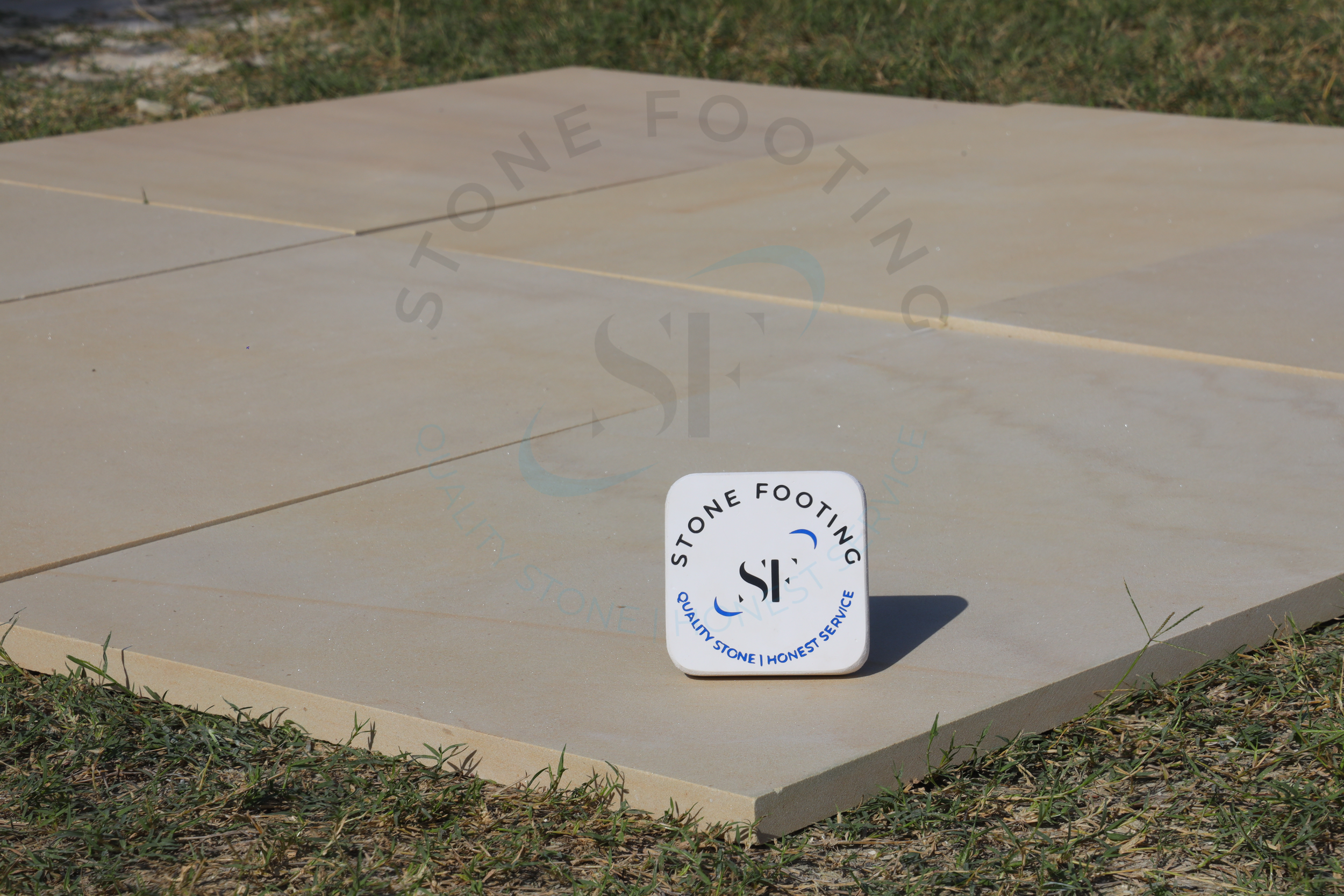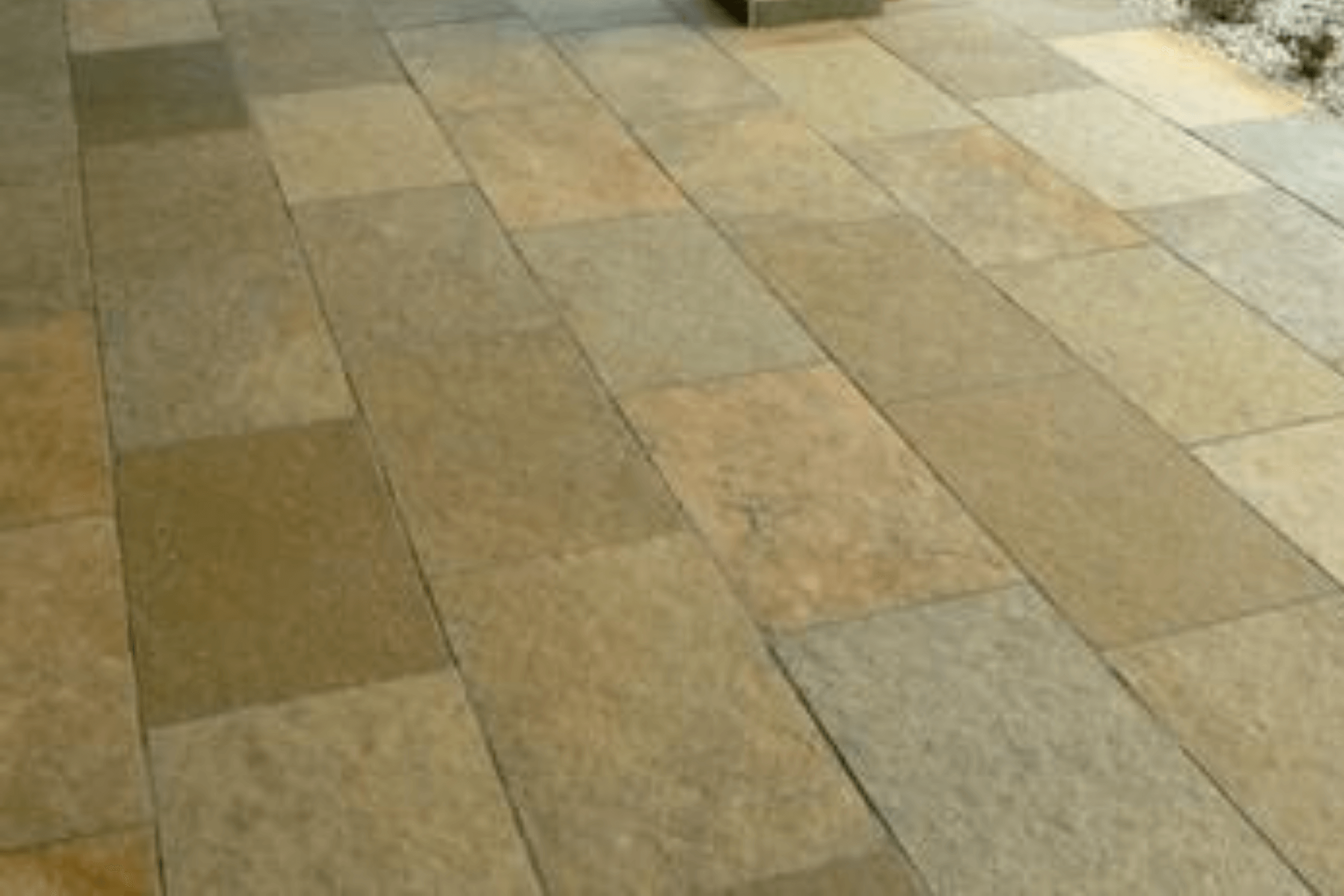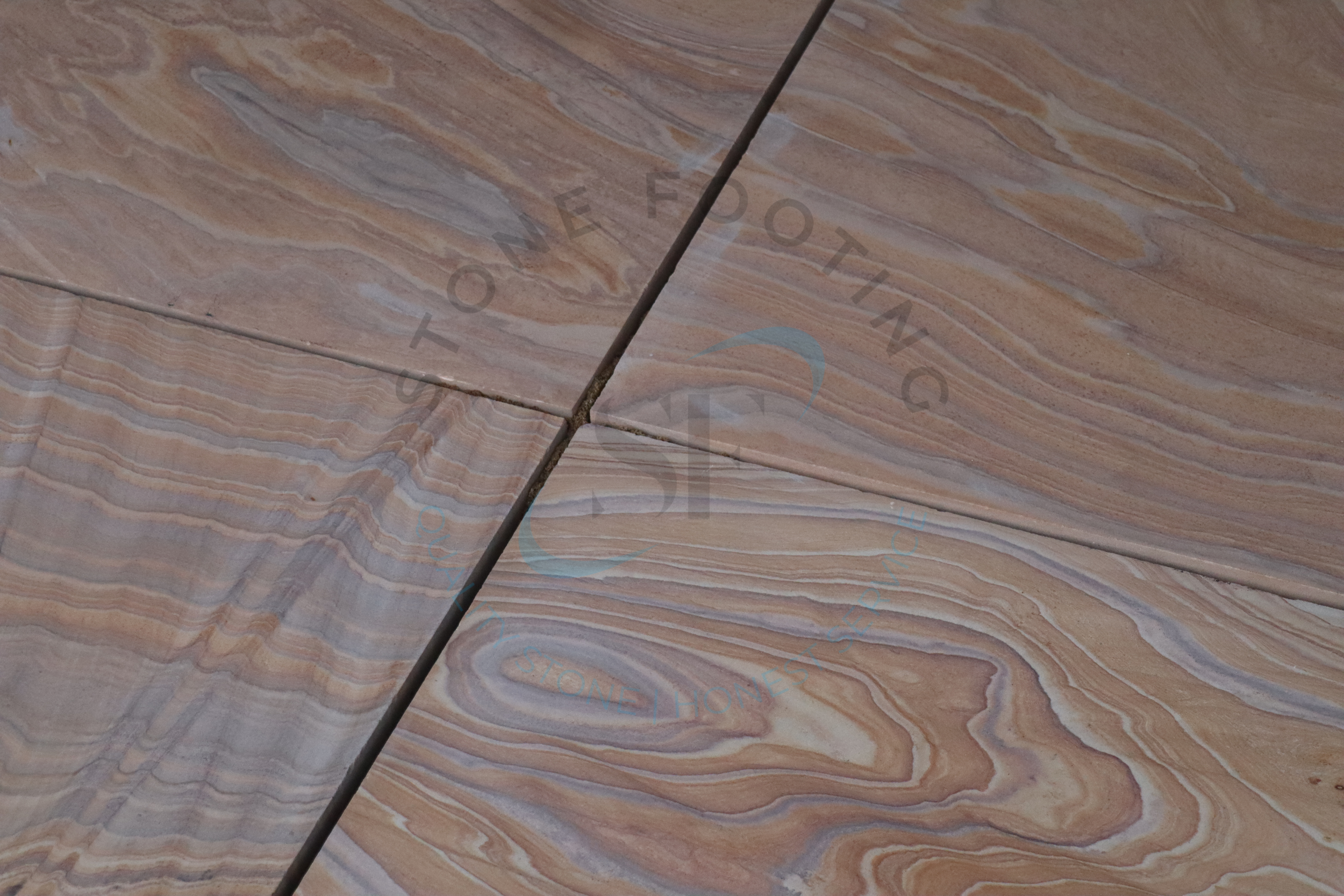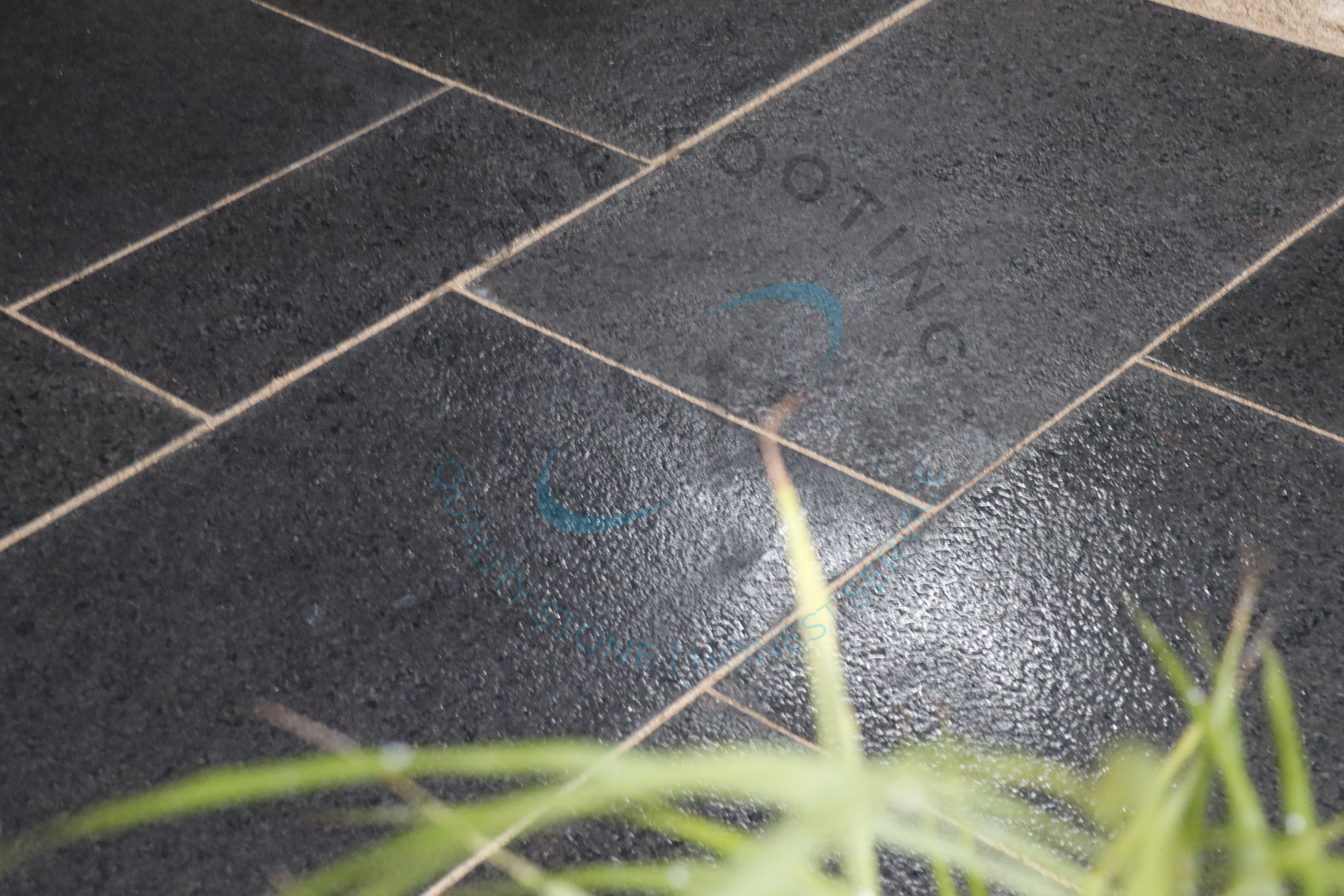Sandstone Flooring – A Boon or a Bane
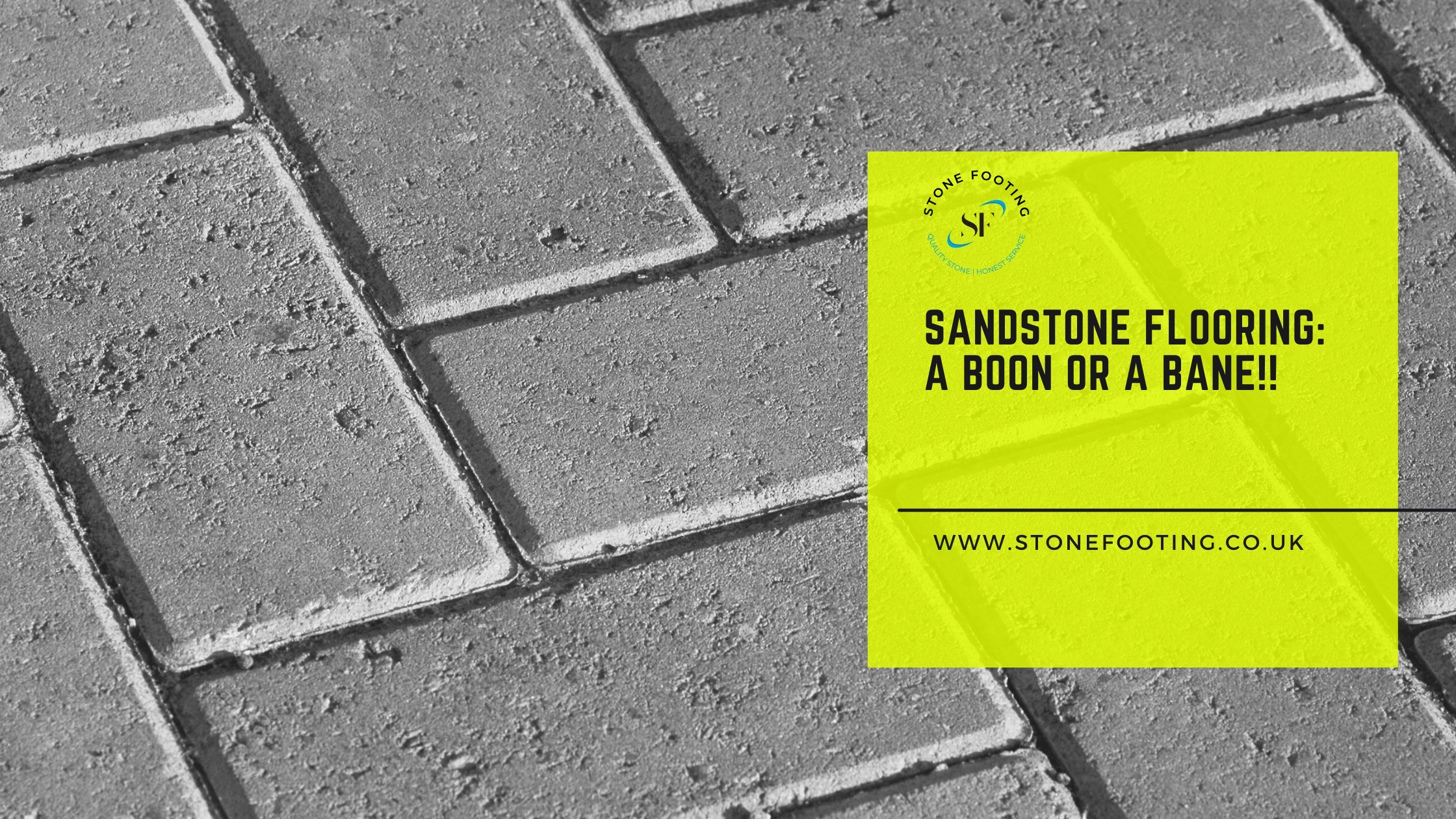
Sandstone flooring is both attractive and surprising, as well as long-lasting. Aside from concrete, sandstone flooring is maybe the only flooring option that performs equally well indoors and out. It, on the other hand, comes with a significant price tag that necessitates some deliberation before making a final decision. If you’re looking for new flooring for your house, consider the benefits and drawbacks of sandstone flooring.
Sandstone Applications
Sandstones are used for flooring, cladding, pavement, and other interior applications.
There are many different types of flooring that may be utilized during the construction of a house, and it’s also a good idea to listen to your designers’ advice on which product to choose.
A high level of upkeep should be performed when installing in bathrooms.
If you’re thinking about using sandstone floor tiles in your bathroom, you’ll need to figure out how much water they can hold. In comparison to other natural stones, sandstone absorbs a lot of water.
Sandstones might be installed in supplementary bathrooms without showers or when the bath is not used frequently. If you prefer sandstone floor tiles, you should seal it on a regular basis.
Because this type of flooring is rarely used, you can use it in the guest bathroom. Sandstone is a good choice.You may choose this choice if there is less water and moisture present.
Furthermore, it takes a lot of effort to redesign your home. However, the sense of accomplishment you get when you walk into a newly refurbished home is priceless.
And when it comes to home renovations, one of the most typical components to change is the floor tile. When it comes to flooring materials, homeowners have a lot of options, then there’s sandstone.
Here is our sandstone flooring boon and bane information, and whether or not sandstone flooring is right for you.
Sandstone Flooring – A BOON
Uniqueness
One of the benefits of sandstone flooring is its uniqueness. Since sandstone is generated by nature, each piece’s colors, patterns, and tints are distinct and diverse. When sandstone is mined, it is extracted in massive slabs that are treated and chopped into small chunks. That implies that each tile in a sandstone floor is a subset of a statistical population of a big mountainous nature artwork that reaches throughout the globe.
Applications
There is no better material than stone to brilliantly produce an indoor-outdoor steady production. Because stone flooring is suitable for both indoor and outdoor use, they may be used to link the two locations and provide the illusion of extra space.
Beauty
Natural materials have an ineffable charm, which is evident in sandstone flooring. Sandstone comes in a wide range of colors, from medium tone whites to multi-colored flakes, and yet it always has a sense of rock and soil, which several of its imitations lack.
Eco-Friendly
Another benefit of sandstone flooring is its sustainability. Sandstone is a natural substance, unlike vinyl and other manmade pavement options that include plastic components. As a result, it is extremely eco-friendly and degrades over time.
Durability
When it comes to toughness, granite and slate reign supreme. However, when it comes to strength and durability, sandstone can stand on its own. When treated properly, it can survive a lot of wear and strain for a long period.
Sandstone Flooring – A BANE
Slippery
When buying sandstone flooring tiles, you may choose from a variety of finishes. The surface of honed tile is absolutely flat, and although it has some grip, it can become slippery when wet. Polished sandstone, if the material is suitable for polishing, can be a particularly severe sliding hazard, especially in regions where water could be prevalent.
Costly
Stone, especially natural sandstone flooring , is more expensive than other choices. Shipping and installation expenses might be much greater than for other types of flooring.
Staining
Sandstone’s high absorption rate allows coloured liquids to permeate deep into the substance. These can leave lasting stains deep into the cloth if not noticed early enough. Sandstone, like other natural stones, is alkaline and can be harmed by acidic cleansers, however this is a simple problem to prevent.
Weathering
Even if properly maintained, your newly placed sandstone floor will not appear the very same after a decade.
The softer nature of sandstone, unlike marble and granite, cannot endure regular stress and strain. And proximity to the outdoors will gradually deteriorate the sandstone tiles, causing them to yellow.
Fitment Process
Because stone flooring is so heavy, it must be installed by a specialist. This is precisely what makes the procedure of shipping, installations, and timely completion so difficult.
Final Thoughts!!
It’s easier to acknowledge why sandstone flooring is so popular. Stone has a high-end, opulent look that will outlive carpet, wood, and tile floors. If you’re thinking of acquiring stone flooring for your house, keep these sandstone flooring boon and bane pointers in mind, and consult with us at Stone Footing, the leading wholesaler of Natural Sandstone in UK and other European Countries
Frequently Asked Questions
What is the lifespan of sandstone?
Sandstone lacks the durability of slate or granite, yet it is sturdy enough to survive for generations if proper care is taken for.
Is marble superior to sandstone in terms of durability?
Although marble is more durable than sandstone, it is not as strong as granite. Stone designers prize white marble specifically because it has the cleanest and most consistent grain size, as well as a high level of breakage resilience.
Is there layering in sandstone?
Sandstone is a sedimentary rock that is often layered and cross-stratified, but it may also form columns.

